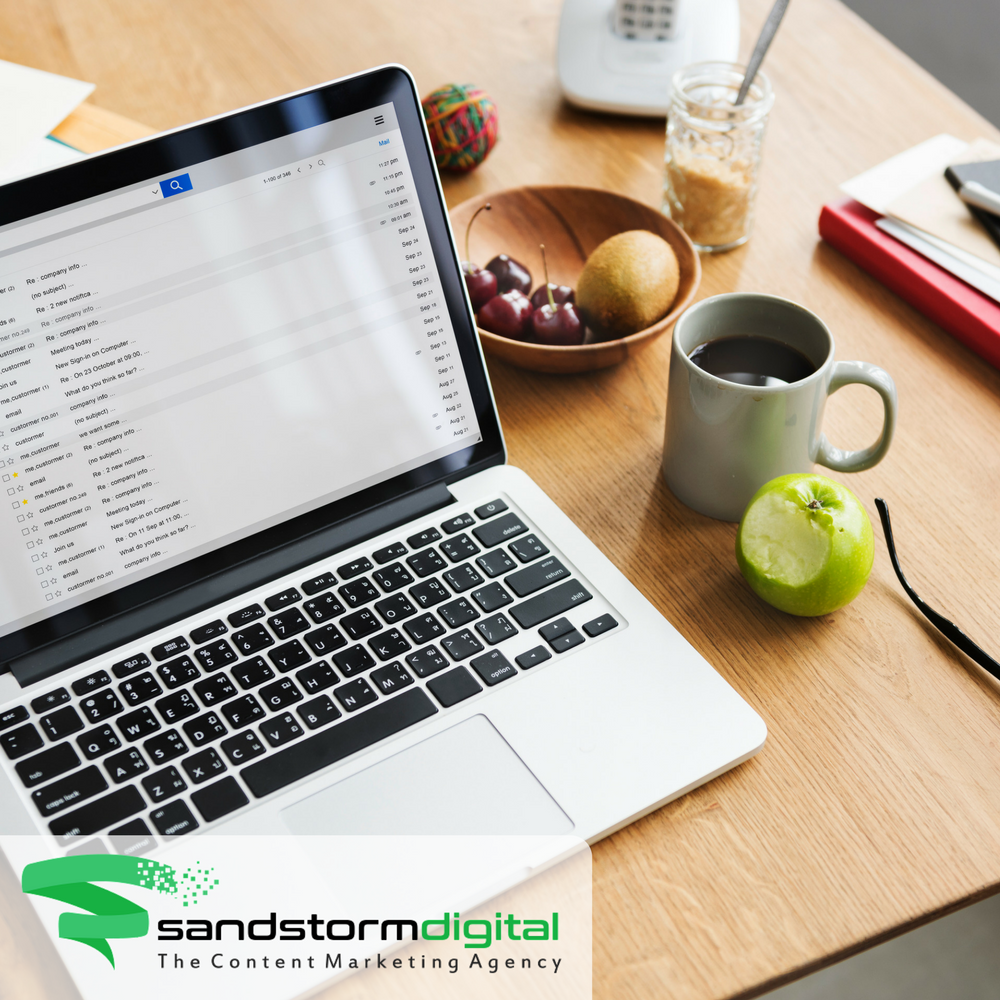A potential consumer, or lead, has shown interest in your product or service, and you have received an email address. How do you maximize your chances of converting the lead, and how do you automate the process to save time and money?
Leads go through five clearly identifiable stages as they turn into customers or clients. First they are leads, when they show interest in your products or services. Leads need nurturing to turn interest into willingness to part with money. This is the second stage. Third is the activation of qualified leads into buyers, when a sale is made. Fourth is customer retention, because you want them to buy from you again, and last is the reference stage, when you turn customers into ambassadors for the business.
The Right Email for Each Stage
It’s quite a journey from lead to ambassador, and it takes much communication and relationship building to get there. That is why it is important to know when to send what to your leads in order to guide them from one stage to the other. When you have identified these five stages, however, you can follow this simple guide to start an automated email series.
Stage One: Treat Leads to a Welcoming Program
Be ready to react as soon as a lead shows interest by, for example, subscribing to your newsletter. Kick off with a welcoming program straight away.
A welcoming program consists of a series of emails. In the first email you thank leads for subscribing. In the following emails you ask for a few personal details, so you can start building a complete profile of your leads. You can also start introducing some of the solutions your business offers, but don’t overwhelm leads with lengthy information at this point. Keep initial emails short, so that leads can get used to receiving communications from your business. In the last few emails of the series, you start to coax leads into downloading a brochure or white paper, or get them to subscribe to an event or webinar.
A series usually consists of three to six emails, but depending on your area of business, more could be needed. Emails can be sent out every few days or on a weekly or biweekly basis. To determine the ideal frequency and amount for your business you can do an A/B test.
Stage Two: Nurture Leads Through the Sales Funnel
Once a lead feels welcome and has taken a subsequent action, it is time to switch to a lead nurturing program. This series will guide leads through the sales funnel, where they are turned into sales qualified leads.
Now as most of you know, there are three parts in the sales funnel: top of the funnel (TOFU) for new leads, middle of the funnel (MOFU) for leads that have shown interest in your business a few times, and bottom of the funnel (BOFU) for leads that have expressed a direct interest in your products or services. Determine where a lead is in the funnel by tallying up a score.
Assign a score to each action a lead has taken, for example: the number of pages visited on your website, the click-through response to emails you sent, the filling in of a web form, or the downloading of a brochure. Add up the numbers to see where your lead is in the funnel. Doing this enables you send appropriate content, such as blog articles, case studies, or references, alternated with calls-to-action, such as downloading another brochure, subscribing to another event, or requesting a demo. Keep your eye on the position of leads in the sales funnel and guide them to the end.
Stage Three: Activate or Reactivate Leads
Some leads will need more time than others to arrive at a ready-to-buy state. For those leads you can continue the lead nurturing phase a little longer. Other leads are now ready for a more direct approach in which you push your products or services a little harder, drawing attention to specific benefits that accord to interests expressed by your leads in their previous actions. Offer them personalized incentives at this stage.
Inactive leads can be reactivated at this stage, so don’t eliminate them from the mailing list just yet. If you have any leads that haven’t responded with clicks in the last six months or customers that haven’t purchased anything in the last 12 months, start a reactivation campaign. Also keep an eye on customers that have purchased a seasonal product or product with a limited lifespan. Include them in your mailing list at this stage for reactivation.
Stage Four: Keep Customers Close
Up to 80 percent of customers are one-time buyers. You can lower this number, however, by starting a new email series aimed at customer retention. Start this series immediately after the first sale. You could, for example, send out a survey asking the customer to comment on products bought or services received.
Use the insights gained from the survey to compose subsequent emails, in which you focus on specific product or service categories that best meet the needs of segments of customers. Offering upselling or cross-selling options at this stage can also help you to retain more customers.
Stage Five: Turn Customers into Ambassadors
Turning a customer into an ambassador is not an easy thing to do, because it requires an action from the customer after the sale has already taken place. That is why you should make it as easy as possible for customers to share their experience with your business with other people. Social media is the most logical solution, so be sure to include share-buttons for all the popular social media sites in every email.
Finally, choose an email marketing tool that enables you to set up an automated email series quickly and easily. Dispatching should be performed without a hitch, and the results measured carefully. Make good use of available statistics to make sure your automated lead management is optimized to the hilt.

